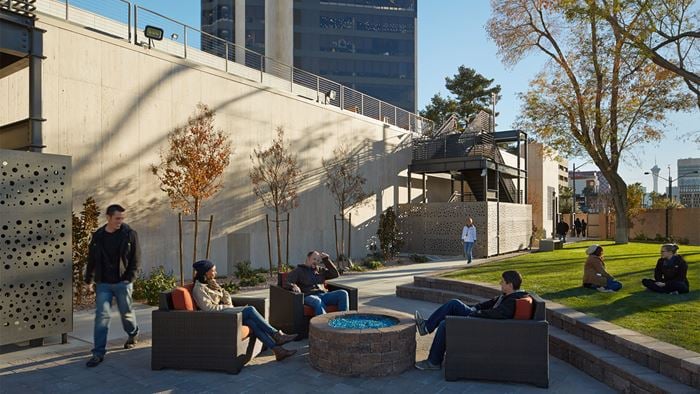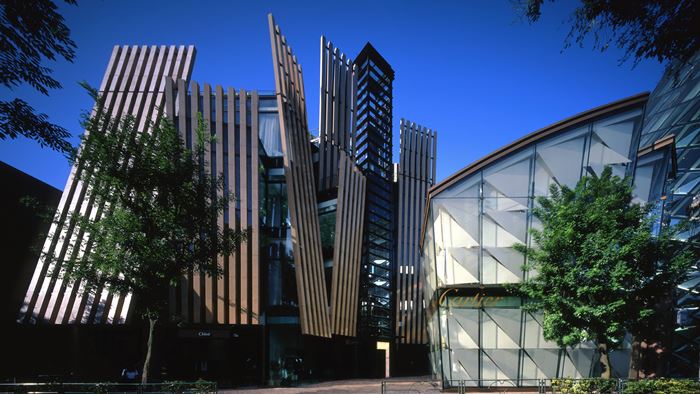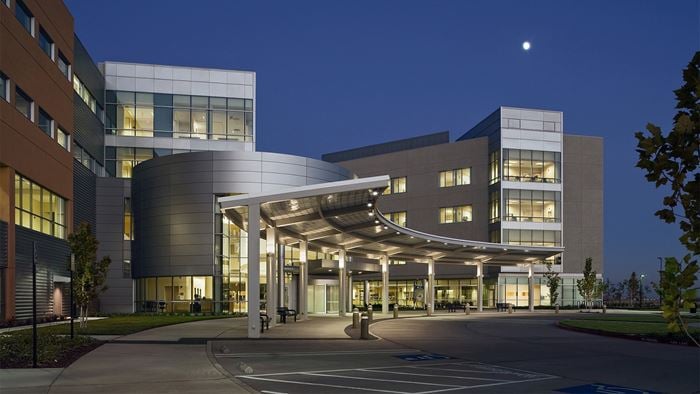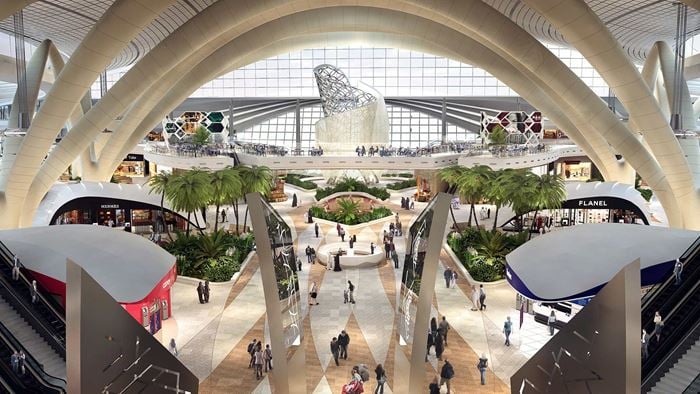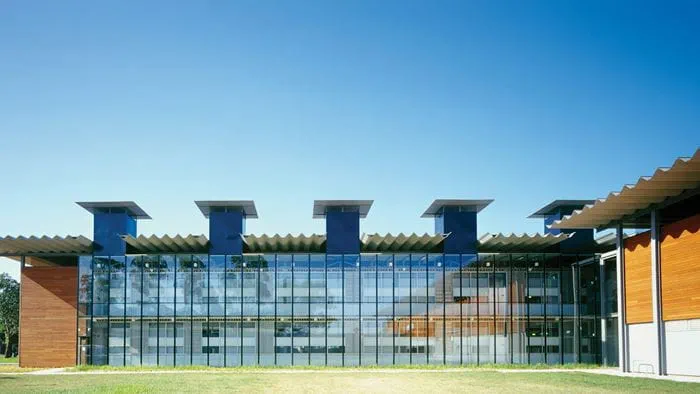When supermarket chain H-E-B decided to open a new grocery store in Austin, Texas the company wanted to build more than a state-of-the art retail outlet; it wanted to create a benchmark of sustainability for the industry. The client’s commitment to sustainability empowered Arup to devise an ambitious range of sustainability strategies for the store, many not used in a retail store of this nature.
H-E-B at Mueller is the company’s most comprehensive environmental test store and sustainable project the company has ever designed, constructed, and operated. The new 83,587ft² Mueller Market District store not only meets LEED Retail and Austin Energy Green Building guidelines, it is also 50% more energy efficient that a typical H-E-B store.
Supermarkets and food service use more energy per square foot than any other commercial building sector and are more than twice as energy-intensive as office buildings and schools. The project addresses retail stores’ unique energy challenges through advanced refrigeration/cooling systems, daylighting integrated with high efficiency LED lighting, efficient equipment, and careful building design. H-E-B at Mueller slashed its energy use by an estimated 64% over the grocery store national median while achieving a more comfortable customer environment. This was accomplished through a whole-system approach, reaping multiple benefits from single design moves.
Efficiency measures
Refrigeration
HVAC and refrigeration together make up the majority of a store’s energy load. The team addressed these issues to make the biggest impact on reducing overall store energy use. Radiant cooling and heating were utilised along with an efficient chiller cooling system. Large in-space fans improve indoor air quality and reduce dependency on the chiller.
An innovative propane refrigeration system with zero ozone depletion potential leads to a much more environmentally friendly solution.
Lighting
A skylight study was conducted to identify the glazing geometry that would provide optimal energy performance, daylight autonomy, and uniformity. North-facing rooftop light monitors with clerestories provide abundant glare-free indirect daylight, with electric lighting filling in when daylight is non-existent or inadequate.
The store has a slightly lower ceiling overall, so providing the clerestory roof adds enough interest and height differential to avoid an oppressive-feeling ceiling. Well-designed nighttime lighting reduces glare and eyestrain. All LED lighting was used, including the parking lot, building exterior and interior, walk-in coolers and freezers, and refrigerated display cases, which are controlled based on store hours and daylight conditions.
.jpg?h=1125&w=2000&hash=E38D285E3AAD960F1FB2969E09EEFBA6) ;
;




